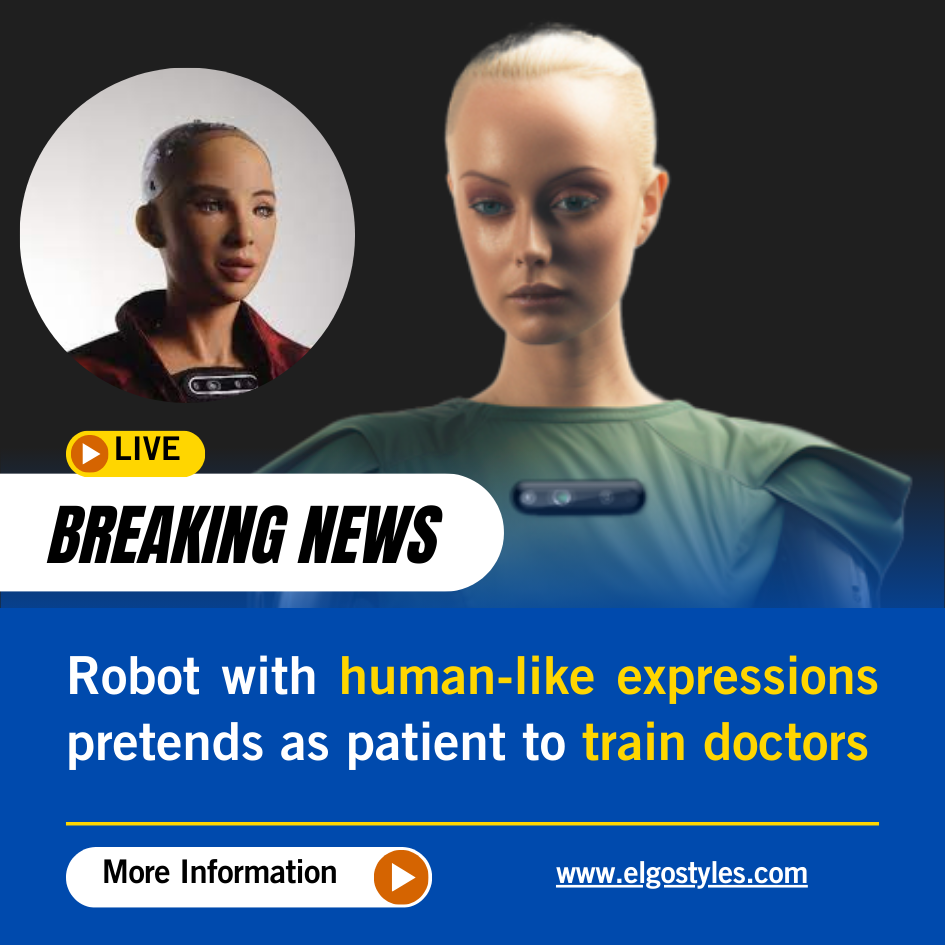Meet RIA: Robot with Human-Like Expressions Pretends to Be a Patient to train doctors
A new era of medical training has begun at the UC San Diego Division of Extended Studies, where an AI-powered humanoid robot named RIA is transforming the way doctors prepare for real-world patient care. Developed by Machani Robotics, RIA is designed to simulate a wide array of medical conditions and human-like expressions, offering students an unparalleled opportunity to practice their clinical and communication skills.
“RIA, a cutting-edge humanoid robot, is revolutionizing medical education by simulating a wide range of ailments and human-like emotions to help doctors hone their skills in realistic patient interactions.”

Machani Robotics (@MachaniRobotics) / X
Equipped with advanced technologies, including 360-degree audio detection and a dual 4K camera setup, RIA can interact with students in lifelike doctor-patient role-play exercises. The robot’s 32 degrees of freedom in the face and head allow it to generate over 100 distinct facial expressions, closely mimicking human emotions and interactions. This level of realism is instrumental in helping medical professionals build rapport with patients in a controlled, yet dynamic environment.
RIA’s integration into the Medical English course at UCSD marks the first robotic classroom experience on campus. The program is particularly beneficial for international students who are working to improve their medical English skills. With the ability to simulate various ailments continuously without the need for breaks, RIA provides a consistent and reliable training partner that outperforms traditional human actors in longevity and repetition.
“This is a chance for us to use the most cutting-edge research in cognitive science and robotics to help working professionals improve their English Language skills,” said Patti Juza, Associate Dean for UC San Diego Extended Studies. The robot’s ability to speak multiple languages, including Spanish, Tagalog, and Vietnamese, further enhances its utility in a multicultural setting like San Diego.
Despite its impressive capabilities, some students have noted minor delays in RIA’s responses, highlighting the potential for further enhancements. Nevertheless, RIA represents a significant step forward in the use of AI and robotics in medical education, with the potential to expand beyond training and into assisting healthcare providers with daily tasks and activities.
As RIA continues to evolve, it is expected to play an increasingly vital role in shaping the future of medical training, offering a unique blend of advanced technology and human-like interaction to better prepare doctors for the complexities of patient care.
 Electrical Engineering World Wiring a Brighter Tomorrow!
Electrical Engineering World Wiring a Brighter Tomorrow!



